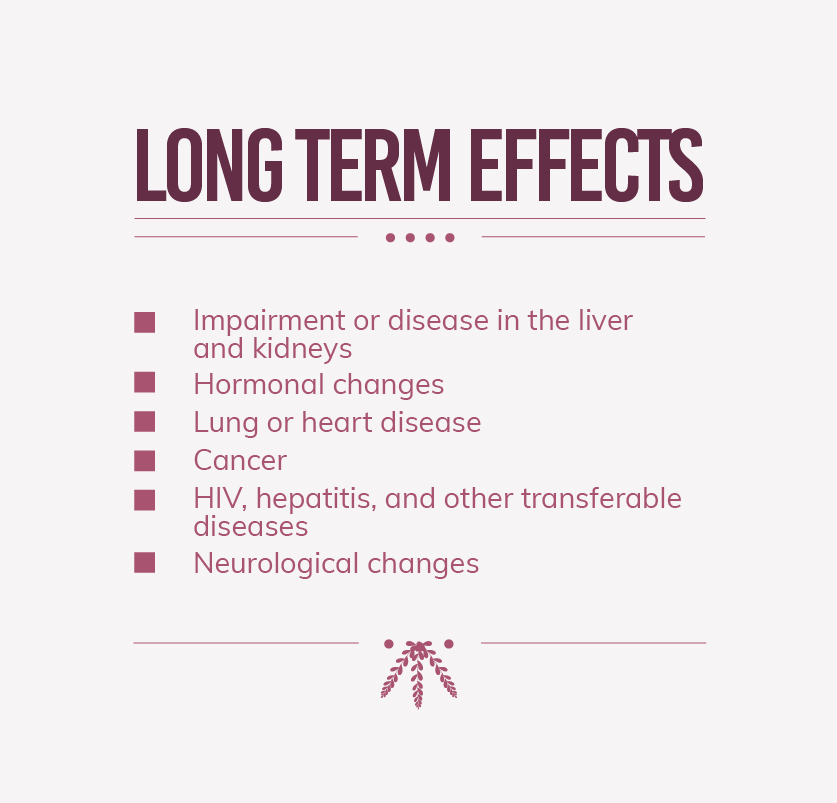For that reason, it's an excellent idea to locate the particular state agency that handles these programs and discover Click to find out more how to qualify because particular state. The Directory of Single State Agencies (SSAs) for Compound Abuse Solutions provided by SAMHSA offers contact info for these firms in each state. Finishing the requirements to certify for these programs can take a little time and effort.
g., duration, seriousness) When this details is provided, and the person is qualified and the requirement for dependency treatment services is confirmed, treatment can be provided. Due to the fact that moneying for state treatment is restricted and should be distributed amongst possibly large numbers of people, sometimes there is a waiting list to get into these programs. The specific specifications of accommodations will vary from facility to facility, nevertheless, the property setting of a long-term dependency treatment program offers a number of the amenities of home. Certain programs may offer https://cesarljry967.sitey.me/blog/post/464918/what-to-say-to-someone-in-drug-rehab-an-overview personal spaces, while in others a person has a roomie. Gender-specific treatment programs, or those that provide guys's- and ladies's only treatment, may have separate programs, centers or lodging for each gender.
Without treatment, a person may continue to abuse drugs or alcohol. On a persistent basis, the cost of substance abuse can become tremendous. The real expense of the compound can accumulate quickly and become a lot more compounded when added to medical or legal expenses associated with substance abuse. Compound abuse regularly impacts a person's job, an effect that might result in missed promos or raises or even the loss of a task.
A person's mental and physical health can begin to suffer. Essential relationships with partners, children, parents or friends can all degrade under the weight of addition. When comparing the amount of these things against the expense of a long-lasting treatment program, a life of ongoing addiction can carry a far heftier cost tag.
Getting My Where Are The Best Drug Rehab Centers To Work
Fortunately, a variety of versatile alternatives exist that might help make long-lasting treatment a more sensible and affordable goal. One of the biggest forms of assistance for many could be insurance coverage. While insurance advantages may place a cap on the quantity covered, either each day or overall, using this coverage can significantly decrease the cost for many individuals looking for treatment.
Not every anxiety medication pros and cons community uses rehab services for drug or alcohol addiction, or, if they do, they may not have a long-term program. Even if one is provided near by, seeking treatment near to house isn't always the best option. In numerous cases, a person's treatment options and the therapies used might be limited by only looking at these programs.

It can also increase the number of therapies available that an individual may need to construct a strong recovery. Much of the most typical triggers for regression exist right in a person's community. These might consist of individuals, locations or occasions that remind a person of drug or alcoholic abuse. While a person may not be able to experience these things straight, knowing that they are close by can sidetrack from treatment and lead some individuals to leave treatment early.
In addition to these advantages, traveling to treatment can supply: a modification of scenery that can motivate a person's healing. extra personal privacy and anonymity. a terrific chance to develop self-reliance and self-reliance. Choosing treatment can be one of the most effective decisions a person makes. Selecting a long-lasting inpatient alcohol and drug addiction treatment program can assist a person obtain and maintain a stable and more satisfying drug-free life.
How To Start A Drug Rehab Center Things To Know Before You Get This

Research research studies on dependency treatment normally have actually categorized programs into numerous basic types or methods. Treatment techniques and specific programs continue to develop and diversify, and numerous programs today do not fit neatly into standard drug adiction treatment classifications. A lot of, however, start with detoxing and clinically handled withdrawal, often considered the very first stage of treatment.
As stated previously, detoxing alone does not attend to the mental, social, and behavioral problems associated with addiction and for that reason does not generally produce long lasting behavioral modifications necessary for recovery. Detoxification must thus be followed by an official assessment and referral to drug addiction treatment. Because it is typically accompanied by undesirable and possibly deadly negative effects stemming from withdrawal, detoxification is frequently managed with medications administered by a physician in an inpatient or outpatient setting; for that reason, it is described as "clinically handled withdrawal." Medications are available to assist in the withdrawal from opioids, benzodiazepines, alcohol, nicotine, barbiturates, and other sedatives.
Outpatient detoxification from opiates. Primary Psychiatry 1:42 -52, 1996. Long-term domestic treatment offers care 24 hr a day, normally in non-hospital settings. The best-known residential treatment design is the healing community (TC), with prepared lengths of stay of in between 6 and 12 months. TCs concentrate on the "resocialization" of the private and utilize the program's entire communityincluding other locals, personnel, and the social contextas active parts of treatment.
Treatment is highly structured and can be confrontational sometimes, with activities designed to help citizens take a look at damaging beliefs, self-concepts, and devastating patterns of behavior and embrace new, more unified and positive methods to interact with others. Lots of TCs provide extensive services, which can include employment training and other support services, onsite.
Some Ideas on Drug Rehab Richard Who Lived 111 Mount Hope Ave Dover,nj You Should Know
Lewis, B.F.; McCusker, J.; Hindin, R.; Frost, R.; and Garfield, F. 4 domestic drug treatment programs: Task EFFECT. In: J.A. Inciardi, F.M. Tims, and B.W. Fletcher (eds.), Innovative Approaches in the Treatment of Substance Abuse, Westport, CT: Greenwood Press, pp. 45-60, 1993. Sacks, S.; Banks, S.; McKendrick, K.; and Sacks, J.Y.
Journal of Substance Abuse Treatment 34( 1 ):112 -122, 2008. Sacks, S.; Sacks, J.; DeLeon, G.; Bernhardt, A.; and Staines, G. Modified restorative neighborhood for mentally ill chemical "abusers": Background; influences; program description; initial findings. Substance Usage and Misuse 32( 9 ):1217 -1259, 1997. Stevens, S.J., and Glider, P.J. Restorative communities: Drug abuse treatment for females. what is the average cost of drug rehab.
Tims, G. DeLeon, and N. Jainchill (eds.), Healing Community: Advances in Research Study and Application, National Institute on Drug Abuse Research Study Essay 144, NIH Club. No. 94-3633, U.S. Federal Government Printing Workplace, pp. 162-180, 1994. Sullivan, C.J.; McKendrick, K.; Sacks, S.; and Banks, S.M. Modified restorative community for transgressors with MICA conditions: Substance use results.